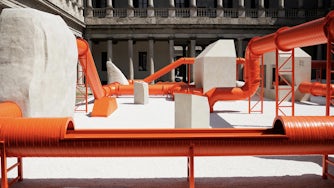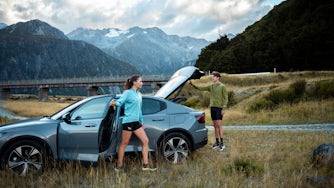The good, the bad, and the ugly: Here's what really happened at COP28
The United Nations Conference of the Parties (COP) is no stranger to controversy. As the world's pre-eminent climate event, it attracts leading politicians, green innovators, and environmental activists. It's an opportunity to discuss big ideas and promote collectivism. But there's another side. Often frequented by lobbyists and climate deniers, the event has been accused of pandering to business interests. Award-winning journalist Sophia Li takes us through Transport Day at COP 28 to see what's really going on.

Greetings from the Gulf. As a journalist focusing on climate and sustainability, I have spent the last ten days in Dubai (the region's largest and most visited city) attending COP28. Even though it's my second time at this global event, the experience can still be quite full on.
While taking some time to catch my breath in the mountains following days of being surrounded by a man-made city, I bumped into a handful of guests at the bed and breakfast. They had also come from COP and shared with me that they work in the petrol industry – half of the guests working for two of the largest oil conglomerates in the region.
This juxtaposition of climate advocates and corporate petrol employees huddled around a fireplace to take some respite from the ongoing pressures of work is a good resemblance of this COP on a larger scale. There are a lot of familiar - and not-so-familiar - faces around the table. Despite accusations levelled against the event, COP is important because it's the only summit to bring together all the major players: state reps, UN delegates, press and civil society to address climate change and its consequences. The mission everyone's rallying around is to reach net zero by 2030 to keep the planet no more than 1.5 degrees C warmer so we may have a viable future. This year's COP is especially pivotal as it is the halfway point between the Paris Climate Agreement, the first legally binding international treaty adopted by 196 Parties at COP21 in 2015, and our collective goal of within a 1.5-degree limit by 2030.
The fastest and most efficient way of doing this is phasing out fossil fuels. But here is where things get tricky.
This year, before the start of the conference, investigative reports found that high-level participants leading COP28 have been accused of using meetings with world leaders as an opportunity to do more business in oil and gas. Other drawbacks of a conference at this scale are the energy and resources spent navigating two weeks of egoic politics, slow-moving hierarchies, and, of course, the carbon cost of thousands travelling here. So these were the contentious and underlying controversies heading into the two-week-long conference.

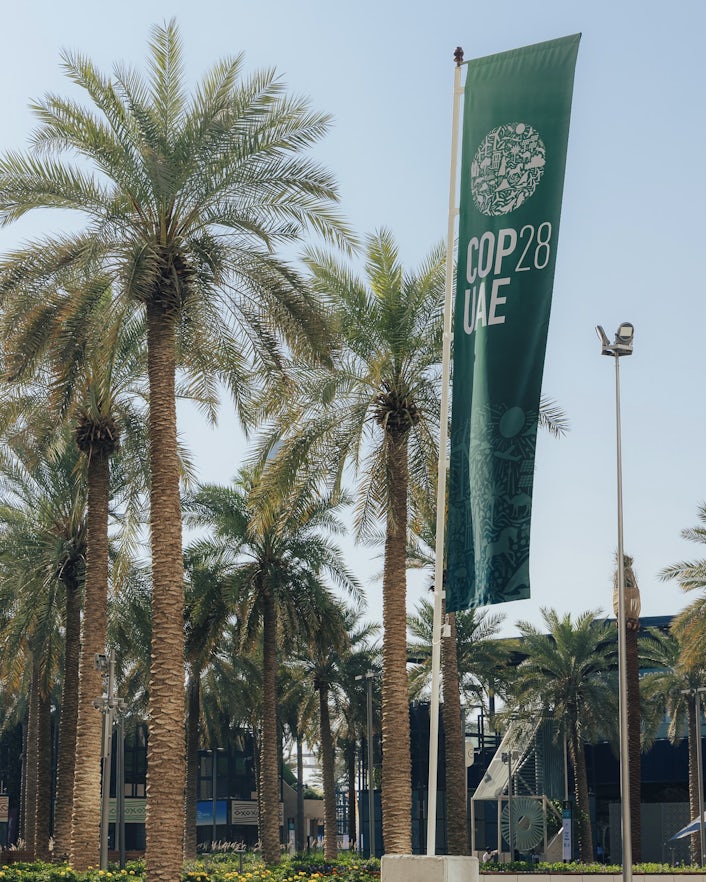
The automotive industry is a huge piece in the puzzle in reaching net zero
Transportation Day
Let's break down what happens during these two weeks at COP: the first couple of days is the world leaders summit. After the leaders' speeches, the negotiations move behind closed doors.
Then we have thematic days. Each day focuses on a different climate message: finance/trade/gender equality, energy/just transition/indigenous peoples, nature/land use/oceans... and on and on. These days dictate which policy stakeholders come into town to represent their country. Policy stakeholder negotiations take the longest, which is why they have more than a week.
On the seventh day of COP28, the thematic day was focused on multilevel action, urbanisation and transportation. This was a very apt day to have in the middle of the conference as everyone's small talk in and around the event revolved around the urban planning infrastructure, traffic, and the overall vastness of getting around the city of Dubai. There is limited public transportation in this region; immediately, one experiences how big the car culture is here and how the city is built for cars instead of pedestrians. Conversations revolved around how long it took just to reach a dinner in the downtown Dubai area even though there are six-lane highways (I personally experienced a 2-hour drive to travel 40km).
Over at the Swedish Pavilion, Transportation Day kicked off with a panel on the Global Automotive Stocktake with Polestar, Kearney, European Climate Foundation, and Climate Group. The car industry plays a key role in staying within the 1.5-degree global warming limit. Being a New Yorker who hasn't had a car for over a decade, I am very much reminded how the automotive industry is a huge piece in the puzzle in reaching net zero, especially in regions like this.
At our current pace, we are nowhere near on track. That's why Polestar, in collaboration with Rivian and Kearney, created a roadmap to get us back on track called the Pathway Report.The report finds that the passenger vehicle industry, which currently accounts for 15 per cent of emissions globally, is set to have already spent its carbon budget in 2035 and is on track to overshoot by 75 per cent in 2050.
The report goes on to identify three levers the car industry needs to pull to get on track to be within the 1.5-degree limit:1. Fossil fuel-powered cars must be replaced by electric cars by 2032.2. 100% renewable energy in power grids by 2033.3. Reducing greenhouse gas emissions in the supply chain by 81% by 2032.
The panel kicked off virtually with former U.S. Vice President Al Gore, who shared that last year's electric vehicle sales accounted for 20 per cent of all passenger-car sales, a critical inflexion point before mass adoption.
During the panel one thing in particular stood out to me. Mónica Araya, Executive Director of the European Climate Foundation, made the case that the car industry does not need to wait for a complete supply chain decarbonisation to make drastic changes. She argues that despite the many complexities, the industry can go faster by being ambitious with its renewable energy strategies – an appetite she has already seen in countries primed for mass adoption, like Brazil and Indonesia.
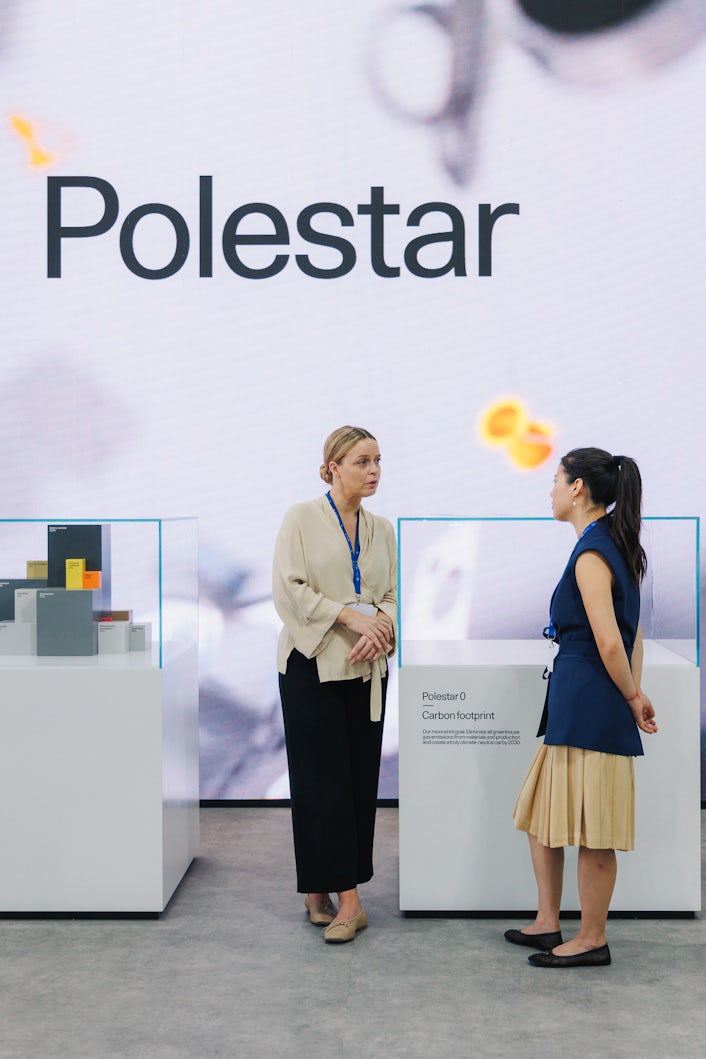
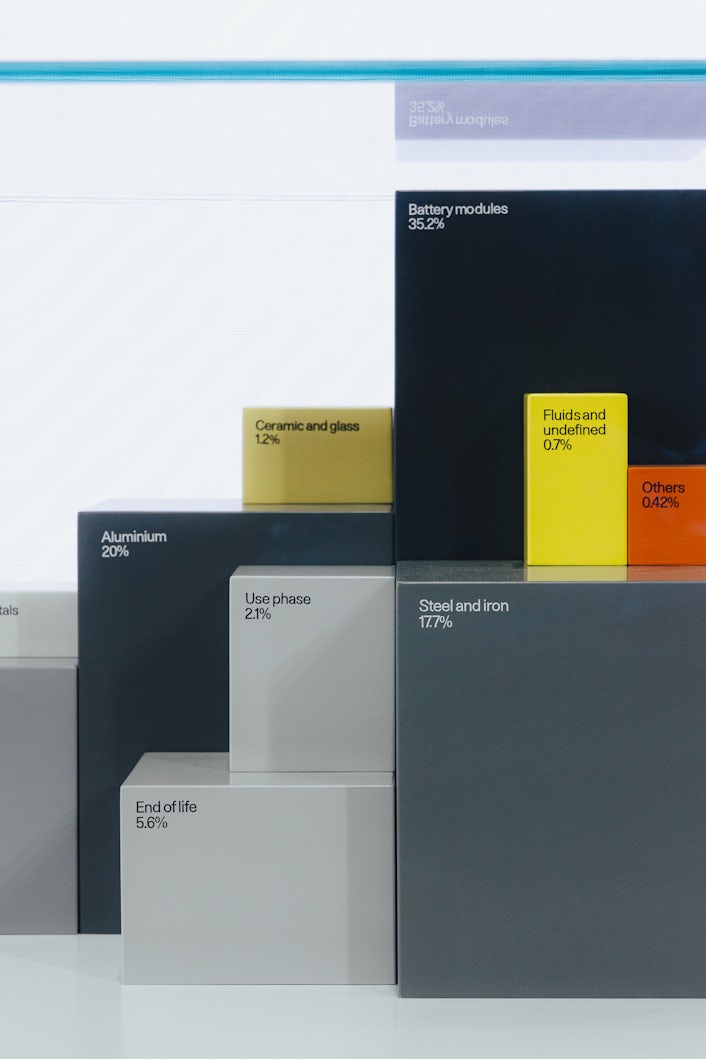
A new dawn?
The second week of COP is also dedicated to closed-door negotiations while UN agencies, nations, and territories share their top priority messaging, climate commitments, and announcements. And it's here where some of the critical negotiations take place.
This is the one time of the year for world leaders to negotiate climate finance. The countries most affected by climate change – Sudan, Afghanistan, Pakistan, Congo, etc. – rely on these negotiations to lock in crucial funding from richer countries. This is called Loss and Damage: when wealthy, high-polluting countries finally pay what they owe to developing nations that have contributed next to nothing in carbon emissions yet bear the bulk of climate disasters.
And for the first time ever, this year's Loss and Damage fund was agreed on during the first day of COP28 – a hard-won victory by developing countries. $700M so far has been committed to the loss and damage fund. That sounds like a lot, but it is actually only around 0.2 per cent of the irreversible economic and non-economic losses developing countries currently face.As disheartening as this is, it just goes to show how important this convening is, as the people of climate-vulnerable countries live with this crisis every day. It's also quite a rarity for opposition groups like activists, Indigenous delegations, and the media to come face-to-face in one room with world leaders.
But perhaps the biggest outcome from the conference was revealed on the final day when these two words, "fossil fuels", finally appeared in the final agreement from COP28. The body of text calls for "transitioning away from fossil fuels in energy systems, in a just, orderly and equitable manner." Representatives from 200 nations agreed on the text, a consensus now dubbed the "UAE Consensus." Island states who are losing more of their land every year from rising sea levels said the text is an improvement but contains a "litany of loopholes." Scientists believe the text did not go far enough, while poorer countries are frustrated that the text did not include a concrete plan for climate adaptation. So, although the inclusion of certain caveats and the nonbinding nature of the agreement has drawn criticism, there is finally the use of explicit language and a call to action to move away from coal, oil, and gas – and that's a first in history.
The global stage here can be dreadfully slow, but being here, I am also reminded of the importance of community building – so many alliances and coalitions are being deepened and solidified as each day passes. There is also so much joy and purpose in community building that resolidifies why this work is pivotal. This is a collective, powerful, and historic grassroots movement and we refuse to let the fossil fuel companies and outside interests determine the outcome.
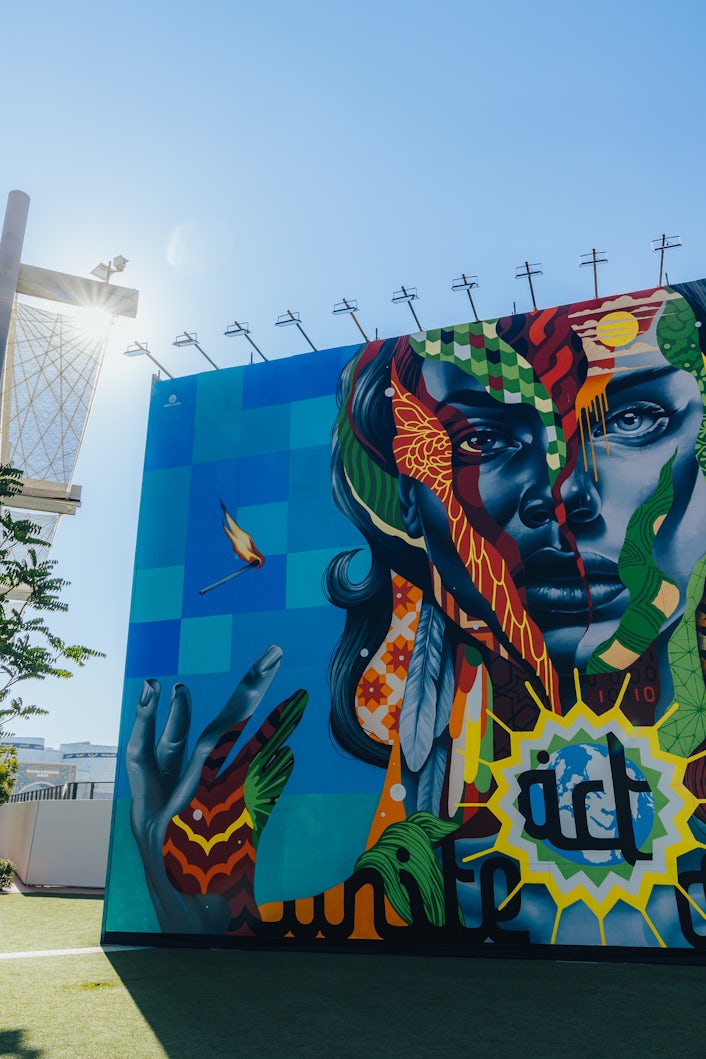

About Sophia
Sophia Li is an award-winning journalist, climate advocate, and UN Human Rights Champion. She is the global correspondent for Prince William’s Earthshot Prize and host of Meta’s podcast, Climate Talks. She is the Impact Editor at quarterly print magazine, Family Style. Sophia's journalistic reporting has appeared in CNN and the United Nations with bylines in Vogue, New York Magazine, Washington Post, and Atmos. She is the co-founder of STEWARD, serving as the co-chair of the World Economic Forum’s Web3 Sustainability Coalition.
The article is, or has been, commissioned by Polestar Automotive AB (Polestar). The article contains content that was undertaken by the author(s). The views, opinions, findings, and conclusions or recommendations are strictly those of the author(s). They do not necessarily reflect the views of Polestar. Polestar does not take any responsibility for any errors or omissions in, or for the correctness of, the information contained in the article.
